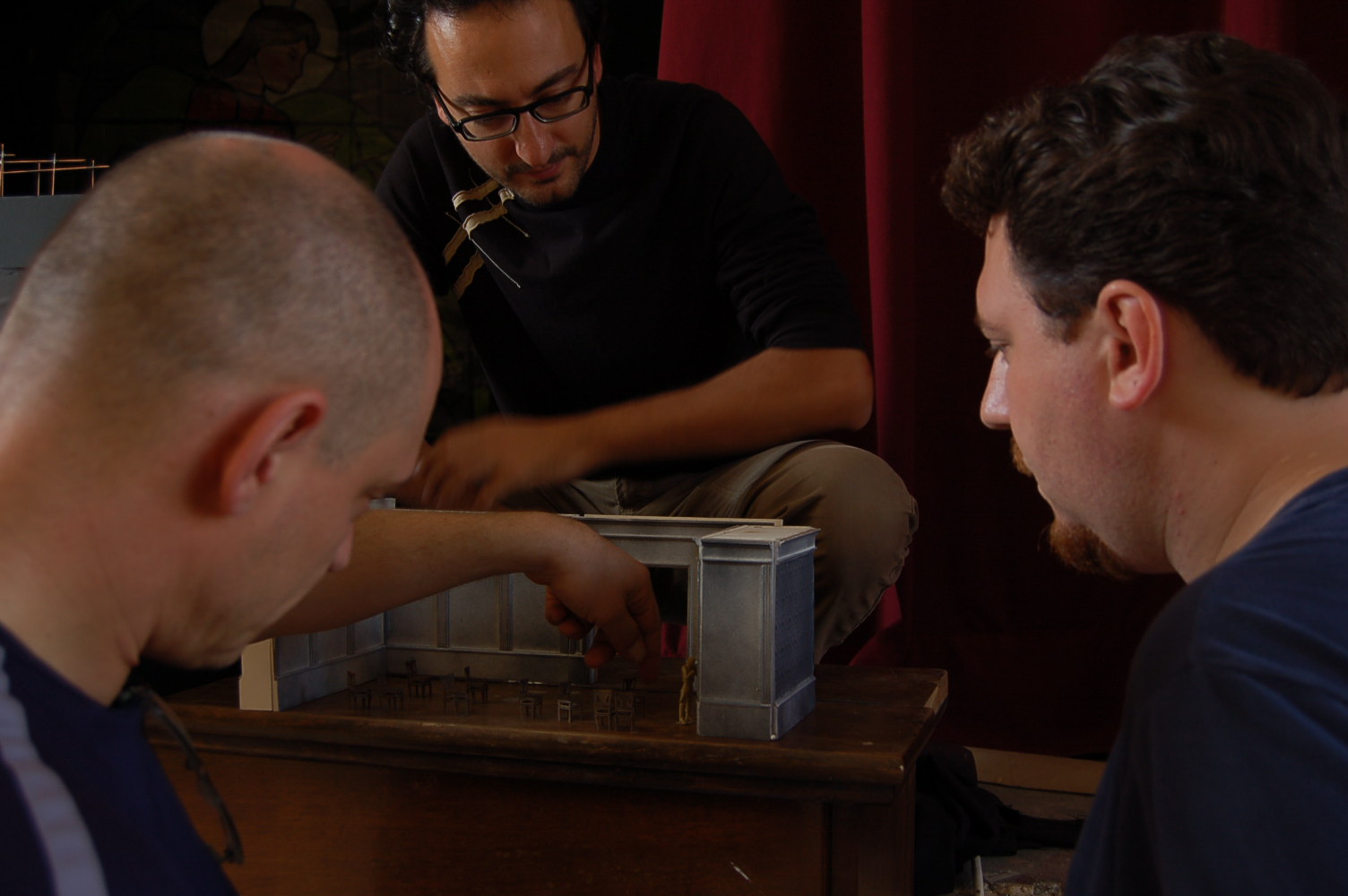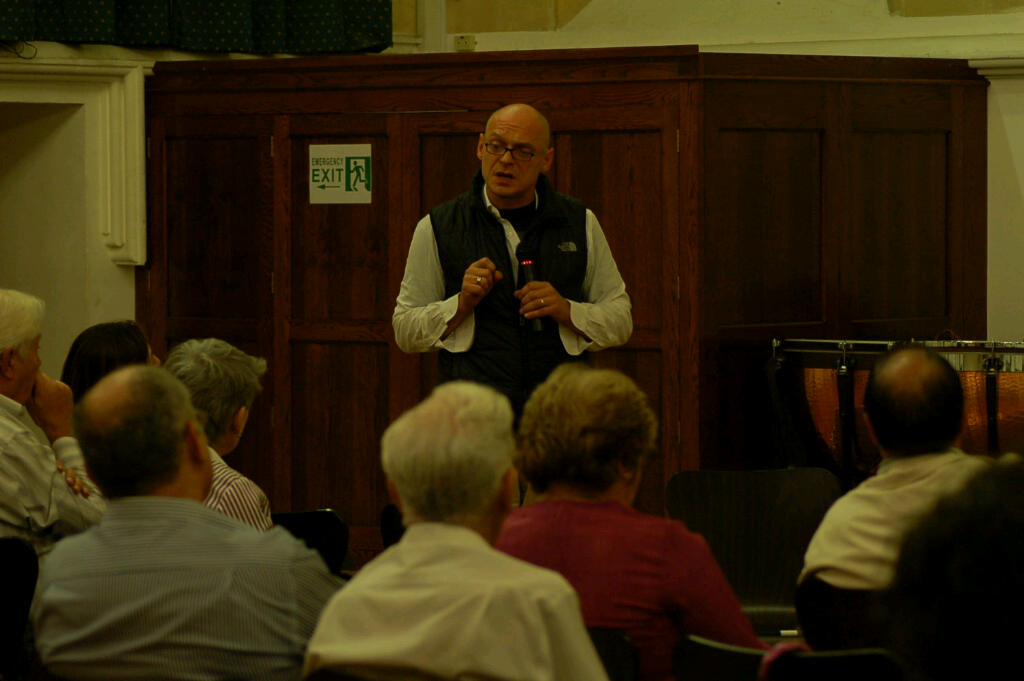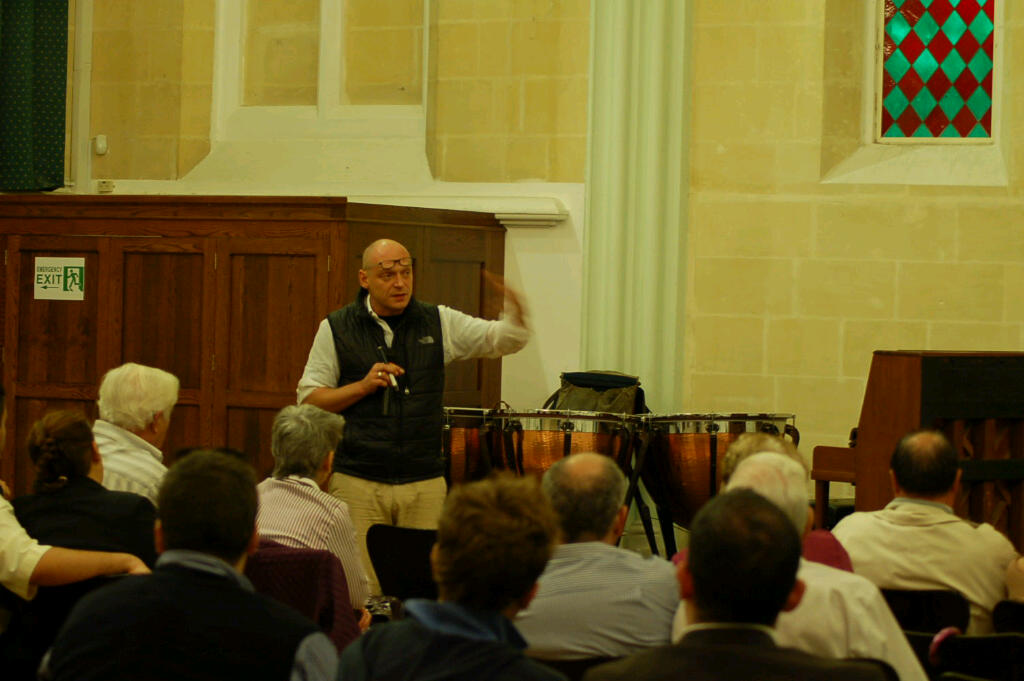Notes from Gandini's Public Lecture on Opera La Traviata
20 October 2010
In 2001, a romantic musical film Moulin Rouge! found an audience in almost every country worldwide, breaking box office records. Set in Paris, France, it told the story of a young man who falls in love with the terminally-ill star of the Moulin Rouge, a cabaret actress and courtesan.
The film was based on today’ s best-loved opera in the Verdian canon - La Traviata.
In some ways a difficult opera, La Traviata was an experimental piece, first performed in Venice, Teatro La Fenice, on 6 March 1853. As Verdi wrote to his friend Cesare De Sanctis on 1 January 1853, it was ‘ a subject of the times. Others would not have done it because of the conventions, the epoch and for a thousand other stupid scruples’ . The composer even proposed that, contrary to custom, the opera should be performed in modern costume; but the Venetian authorities would not agree, and the period was put back to the beginning of the eighteenth century.
La Traviata is a very private opera in which the choral numbers often seem like an intrusion. As a ‘ new adventure’ the opera gestures towards a level of ‘ realism’ very rare in earlier works. The contemporary world of waltzes pervades the score, and the heroin’ s death from disease is graphically depicted in the music – from the first bars of the prelude to the gasping fragmentation of her last aria, ‘ Addio, del passato’ . The libretto (text) also follows the same linguistic structures that are very close to us today. Departing from these grounds, Marco Gandini chose to set this production in a 1930s - 1940s setting. This particular epoch is ‘ timeless’ , an epoch the audience of today can easily relate to.
This sense of ‘ authenticity’ extends to the heroine, a character whose psychological progress through the opera is mirrored by her changing vocal character: from the exuberant ornamentation of Act I, to the passionate declamation of Act 2, to the final, well-nigh ethereal qualities she shows in Act 3. Violetta – Rigoletto and Gilda notwithstanding – is Verdi’ s most complete musical personality to date. Violetta dominates the opera as no previous hero or heroine has done. Her presence gives life and individuality to the other to principals. Without it, they tend to lapse into the generic. Verdi underlines the fact that this character is not a prostitute. Violetta is a woman who can make relationships. This is not a thing any director / conductor / producer can change or decide – Verdi ingrained this in the music.
Two more themes in Violetta’ s progression as character which Gandini finds intriguing is the need for her to battle with solitude, and also her search for real, true emotions. Violetta’ s illness, her life as atwisted soul, her dreams of a settled life, and finally, her being afraid, not of death, but of dying alone are all concerns with solitude that anyone can relate to. She talks about herself as a victim of “ sventura” (ill fate), a word she uses to describe herself in Act one and again in Act two. We also can all relate in one way or another to the need for real emotions as we witness this demimondaine who abandons a life of promiscuity for the love of one man, then returns to it under pressure from the man’ s father undergoing a progressive idealisation from real life to novel, from novel to play and from play to opera. Dumas’ Marguerite remains purely theatrical; Violetta is a creature of poetry.
When asked a few years later which was his favourite among his own operas he is said to have replied ‘ Speaking as an amateur, La Traviata, as a professional, Rigoletto’ .
Teatru Astra organised for the first time a public lecture ahead of its forthcoming production La Traviata, last Monday 20 October 2010. Marco Gandini led this lecture at the Robert Sammut Hall in Floriana. These notes have been penned by Dorothy Baldacchino.
More information on Festival Mediterraena and opera La Traviata are availalbe on helpdesk no 2155 0985.
21-10-2010


